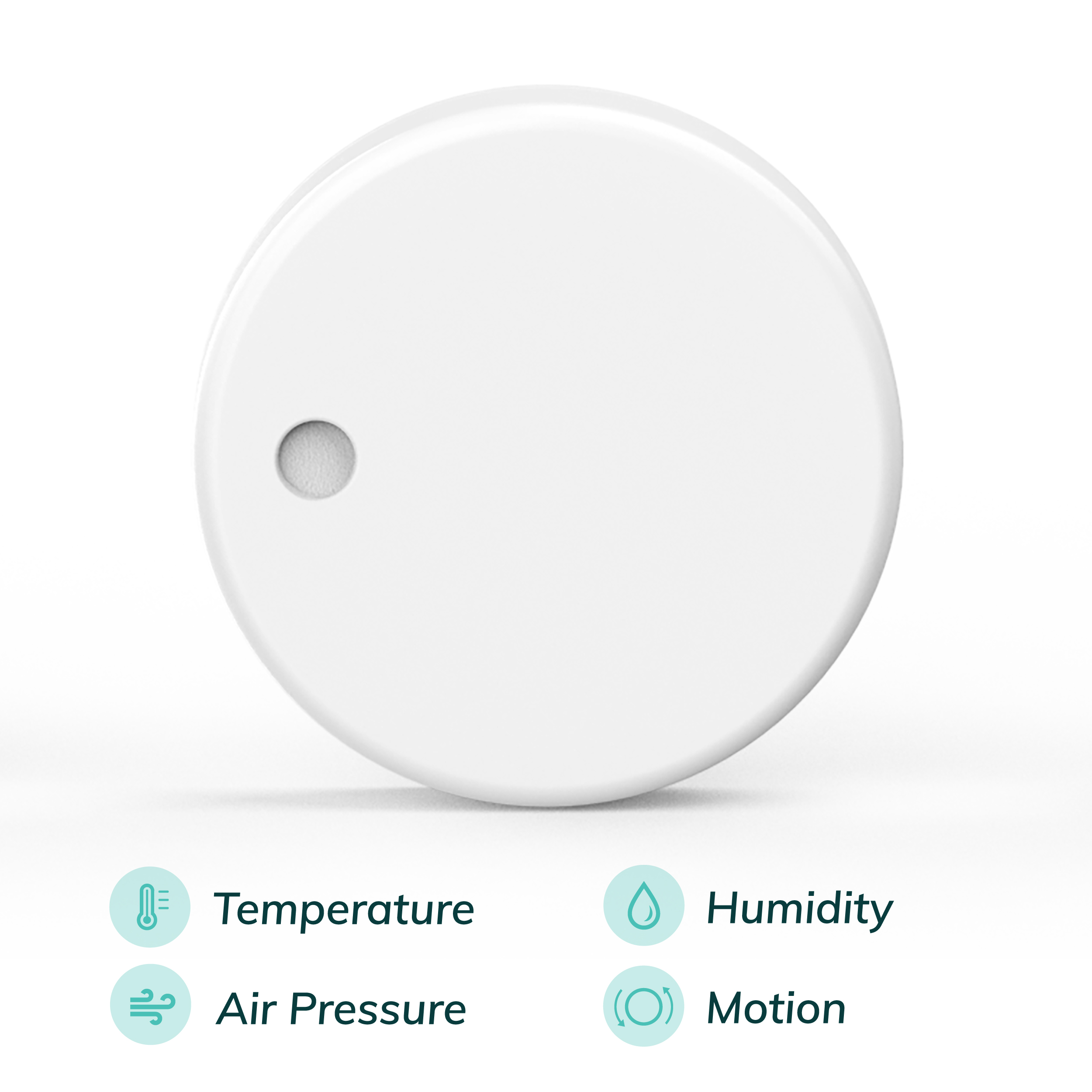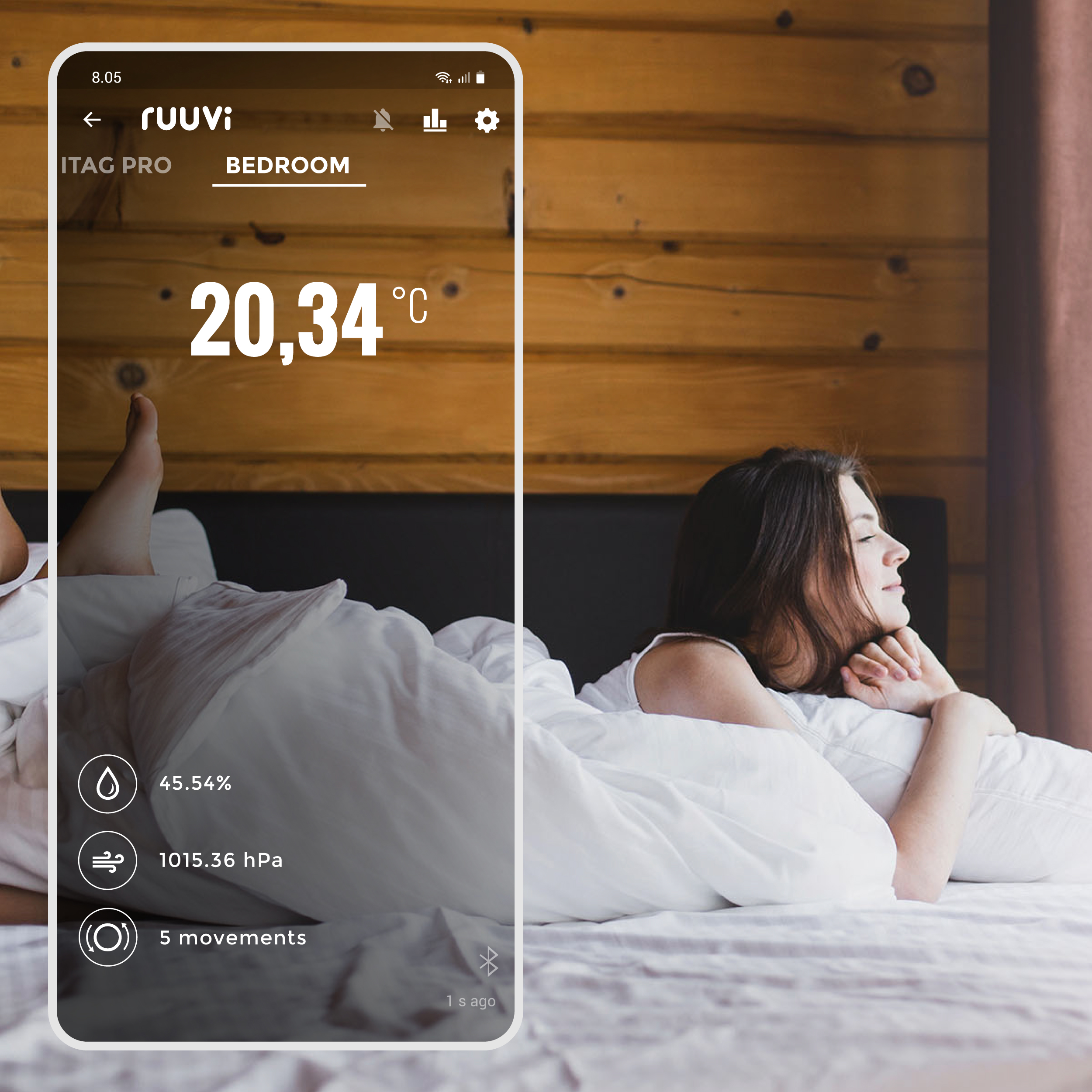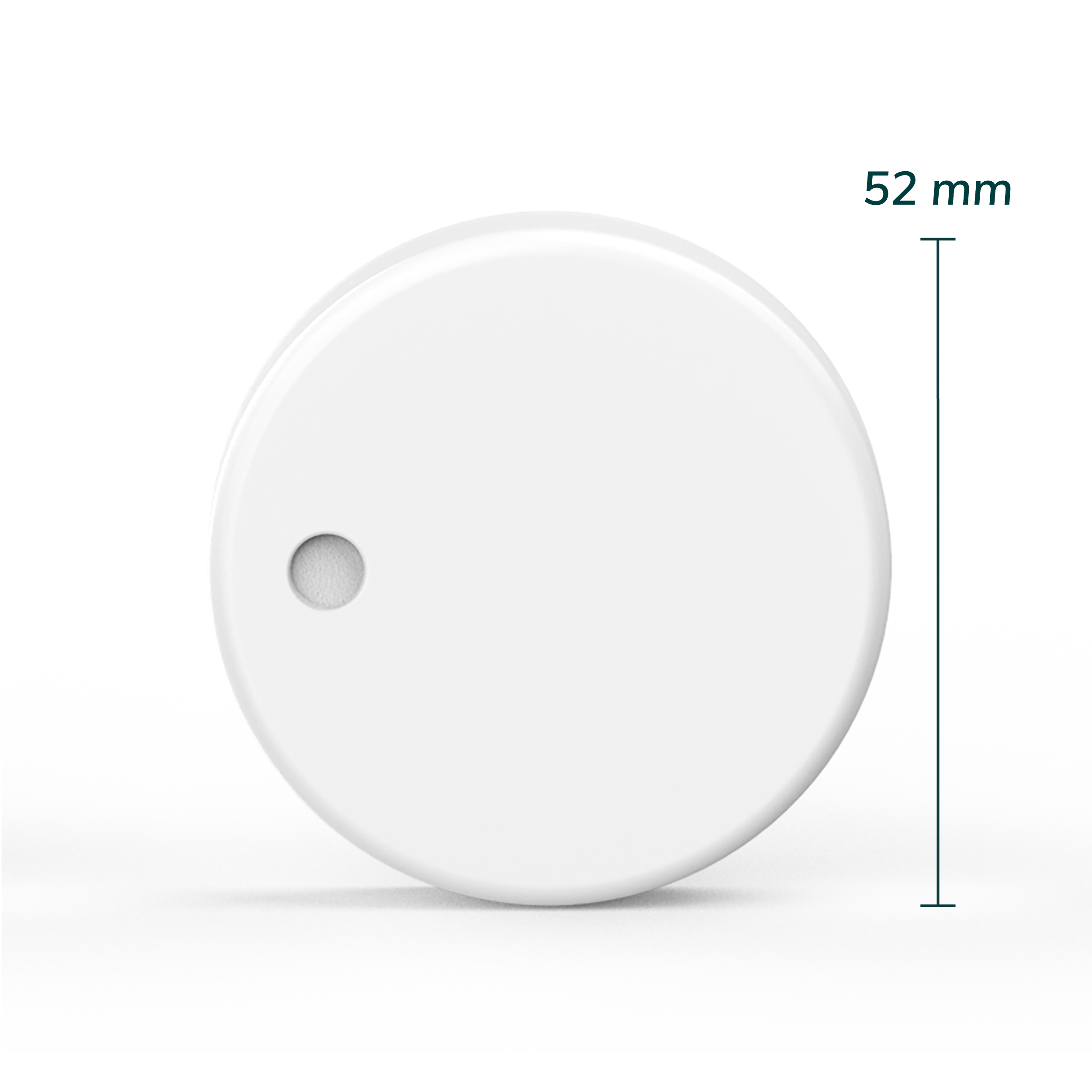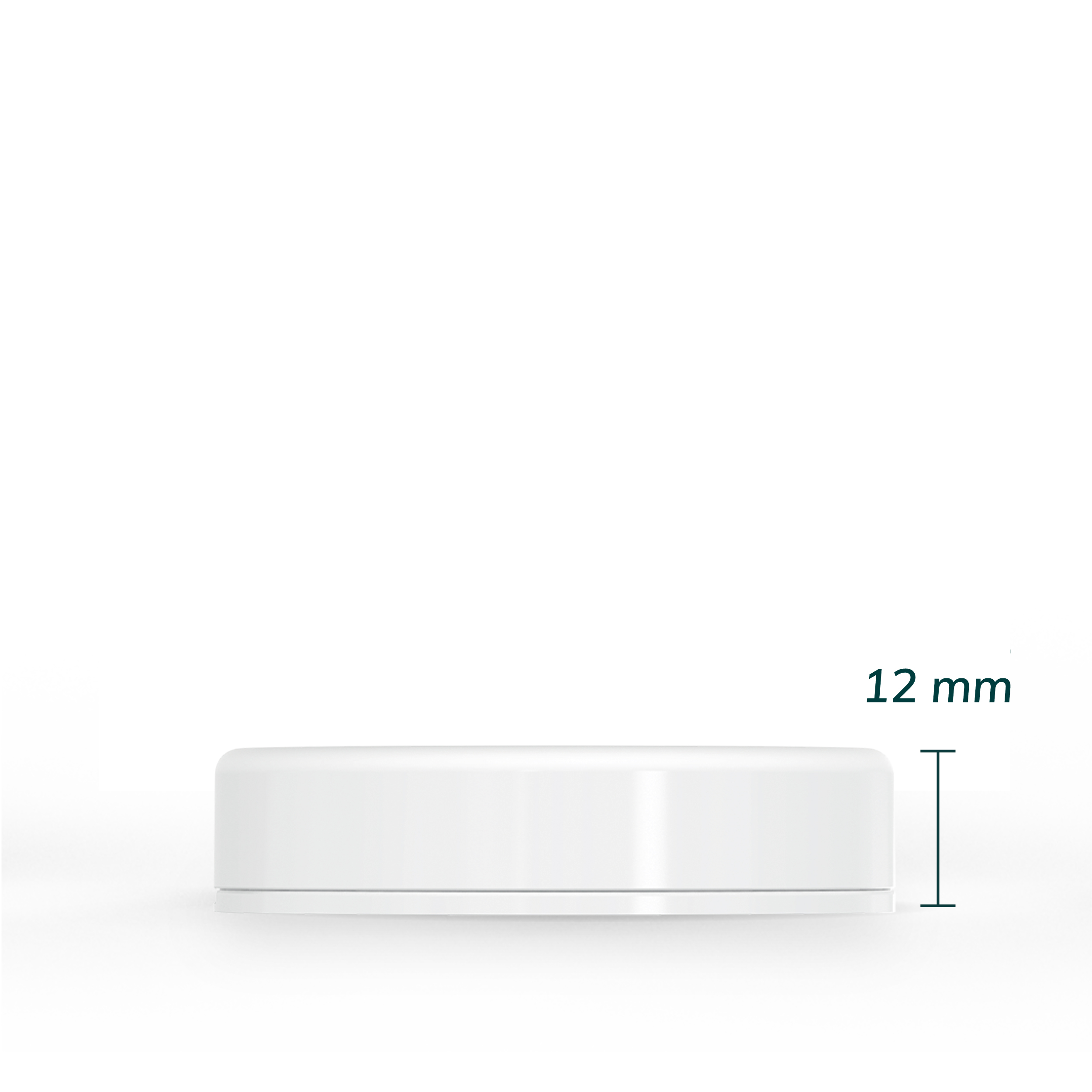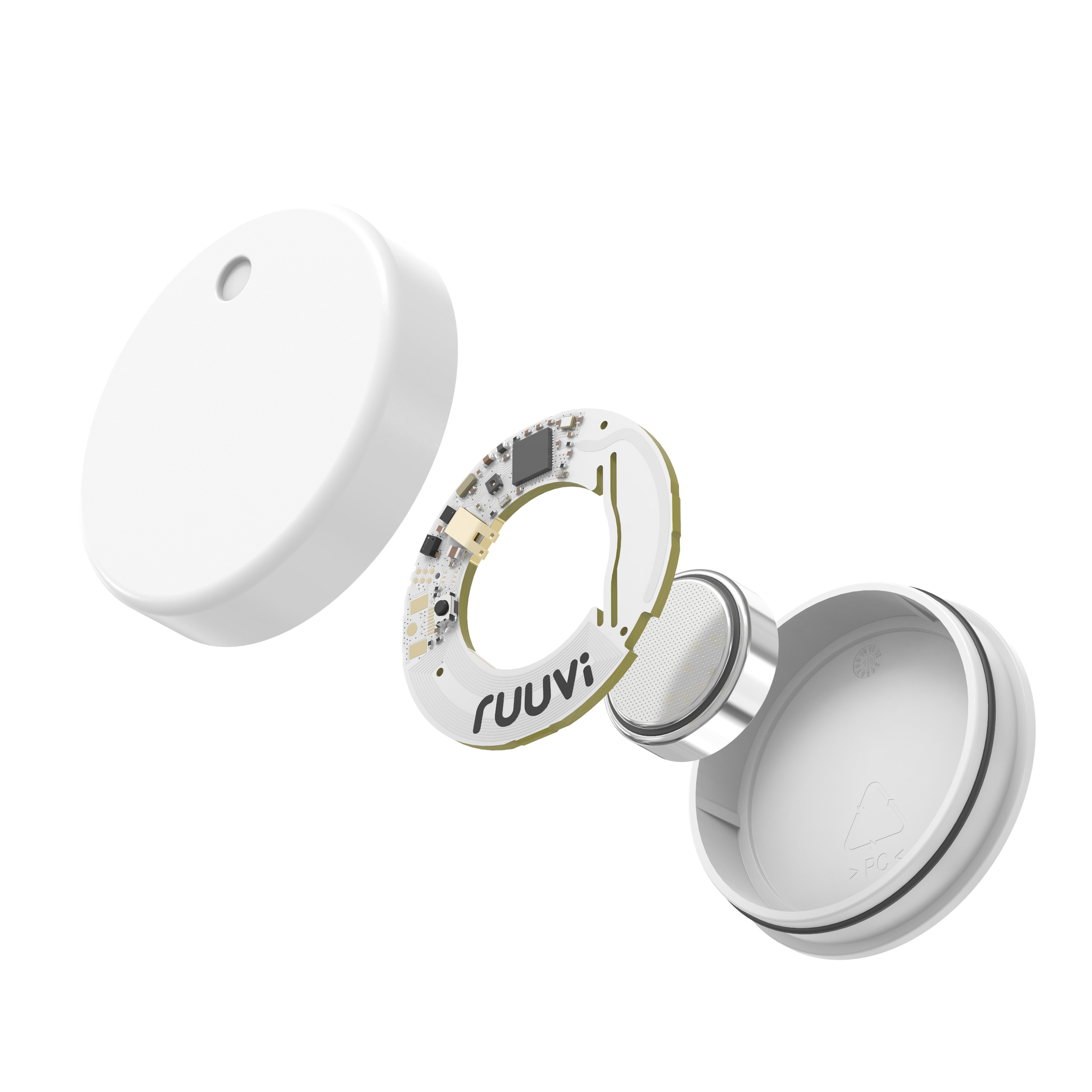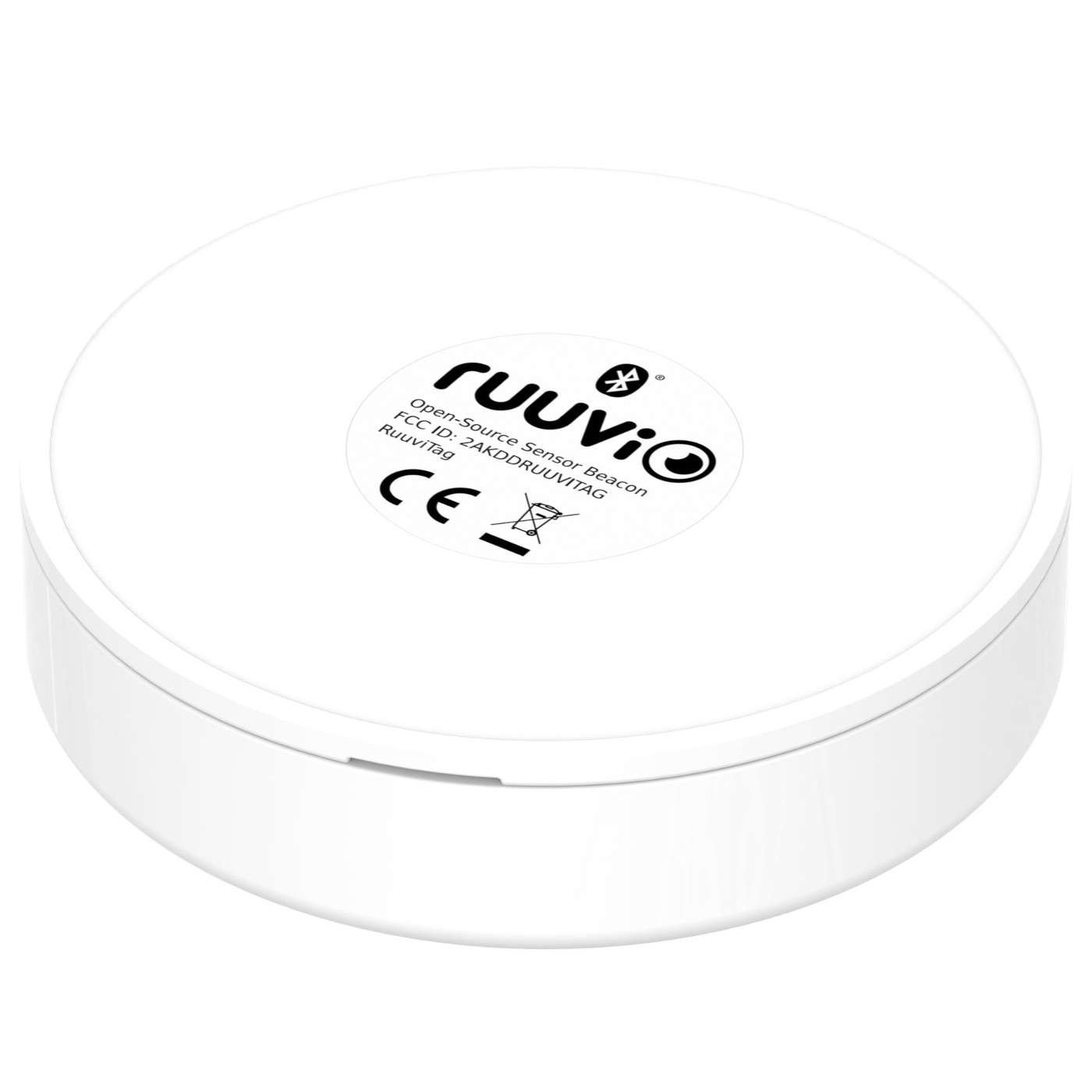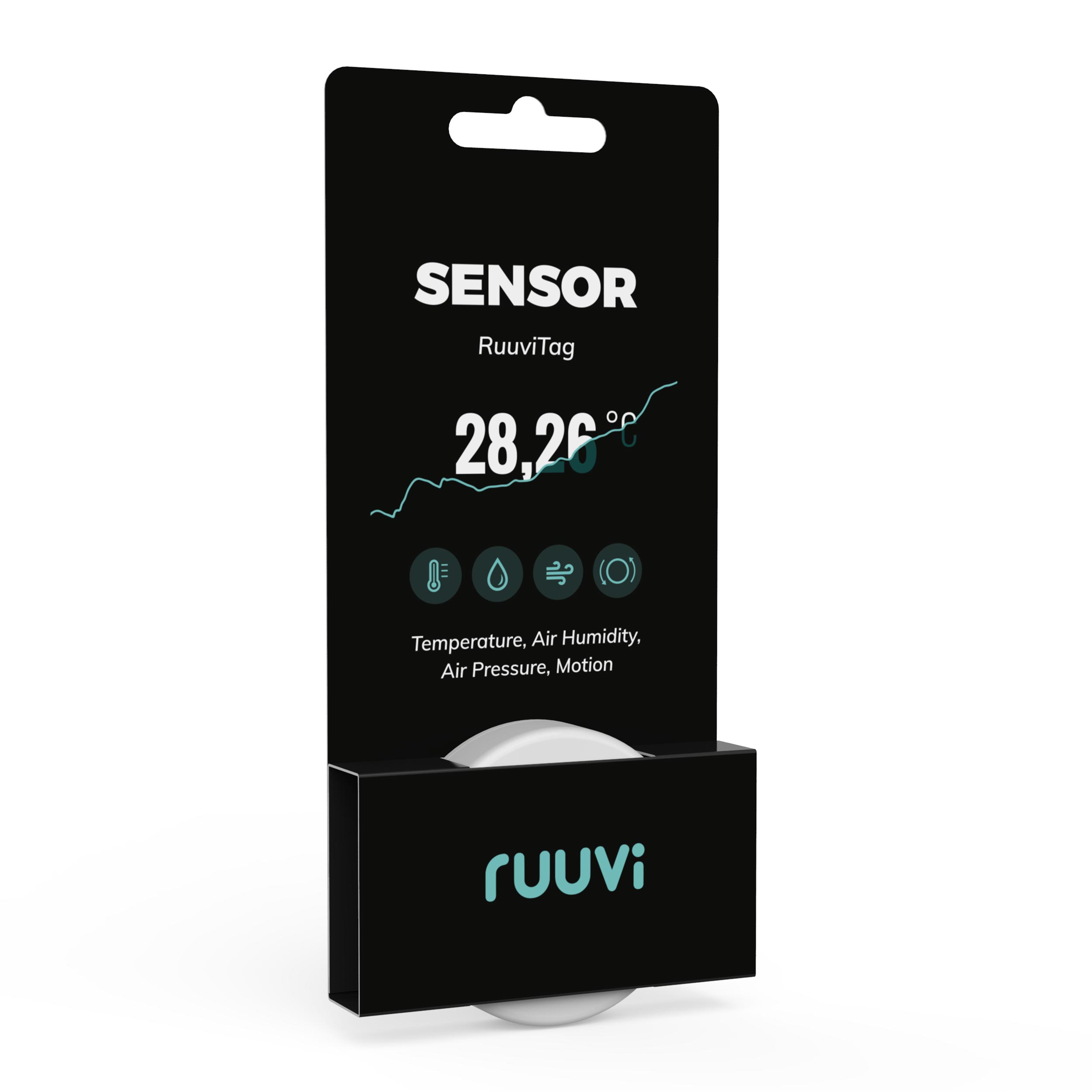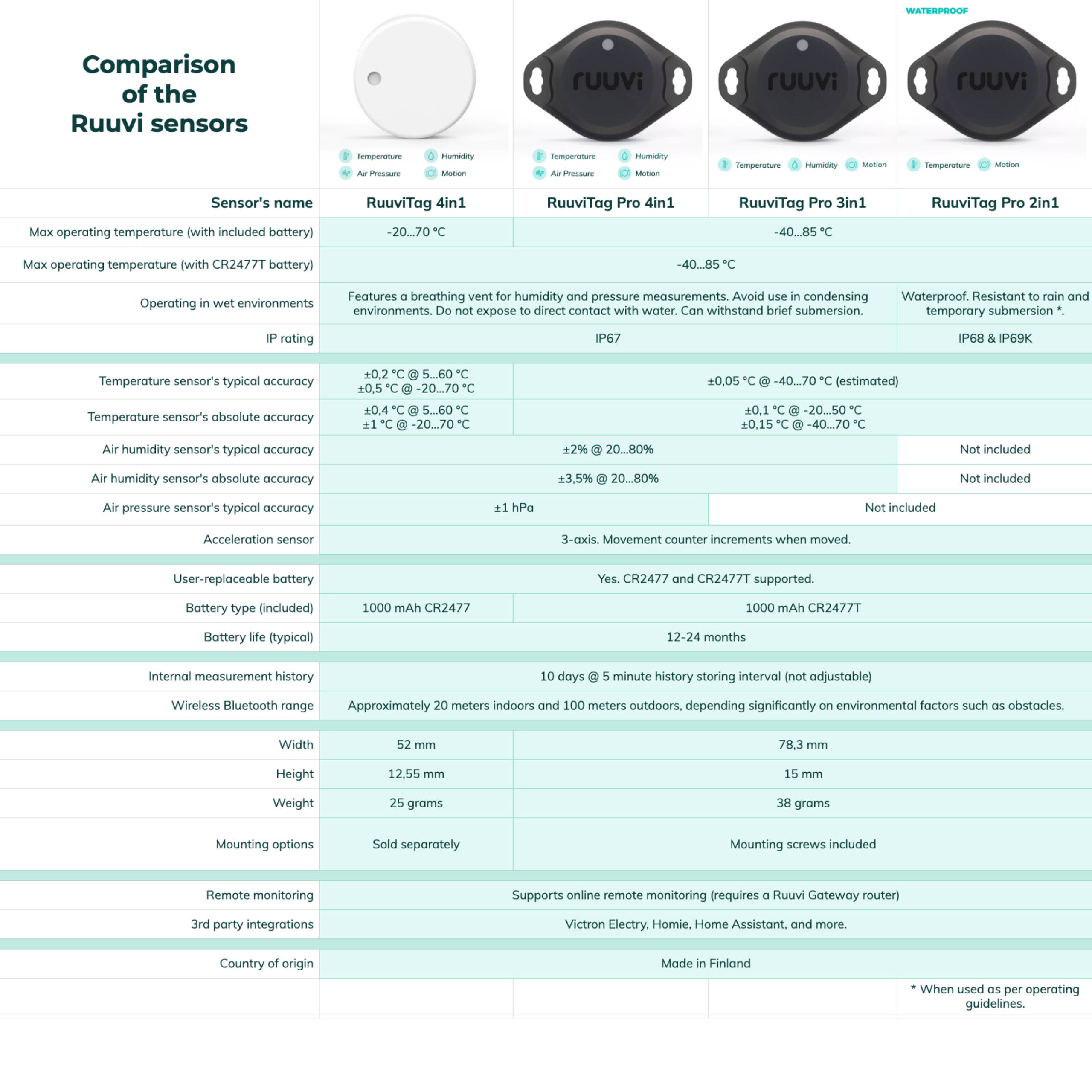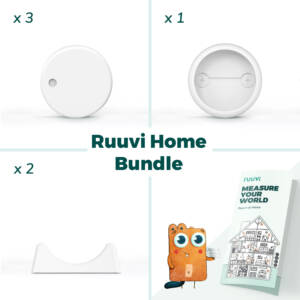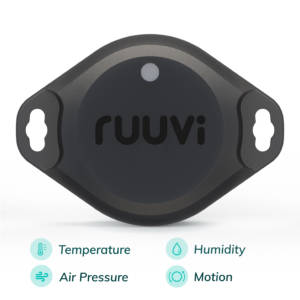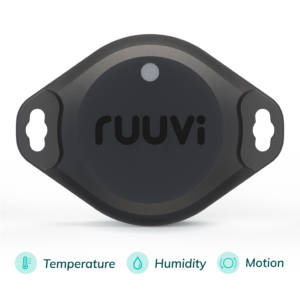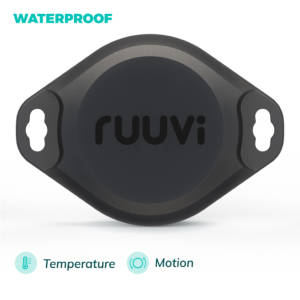Bees are small creatures with an immense impact on our planet. As pollinators, they play a crucial role in maintaining the balance of ecosystems and ensuring the survival of numerous plant species. Setting up beehives is not only a wise decision for nature enthusiasts but also a responsible choice for environmental sustainability. In this article, we explore the importance of bees for Earth and why having bee hives can make a positive difference. As well as how beekeepers can use smart beehive sensors to improve hive conditions.
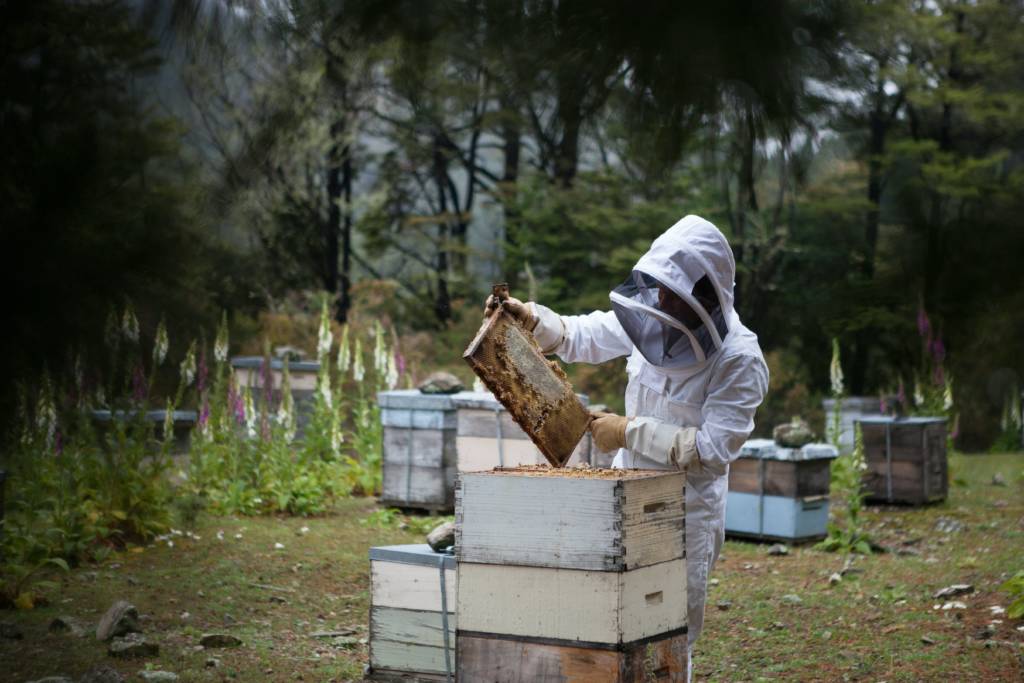
Why are bees so crucial for our planet?
Bees are essential for the health and well-being of our planet. By establishing beehives, you contribute to the preservation of biodiversity, promote sustainable agriculture, and enjoy the rewards of fresh honey. You can read more about the benefits from the UN. Below you can read about the main pros of bees:
Pollination powerhouse
Bees are nature’s top pollinators, facilitating the reproduction of flowering plants by transferring pollen from male to female flowers. This process leads to the production of fruits, seeds, and nuts. Approximately 75% of the world’s food crops depend on pollinators, and bees are at the forefront of this critical task. By establishing beehives, you can contribute to the pollination of local flora, ensuring bountiful harvests and promoting biodiversity.
Ecosystem health
Bees play a pivotal role in maintaining the health and stability of ecosystems. Through their pollination services, they help sustain diverse plant communities, which, in turn, support other wildlife. By attracting bees to your area through beehives, you create a thriving habitat that benefits not only the bees but also birds, butterflies, and other essential pollinators.
Environmental conservation
Having beehives is an eco-friendly practice that aligns with sustainable living. Bees promote natural farming methods by reducing the reliance on chemical pesticides and fertilizers. As they pollinate crops and flowers, they contribute to the growth of healthy and pesticide-free produce. Supporting bee populations through beehives helps maintain a balanced ecosystem and protects against the detrimental effects of monoculture agriculture.
Honey and beyond
Apart from their vital role in pollination, bees offer us a sweet reward: honey. Beekeepers can harvest honey from their beehives, enjoying a natural and delicious sweetener while supporting their local bee populations. Additionally, beeswax, royal jelly, and propolis are valuable byproducts of beekeeping that have various uses in cosmetics, candles, and natural remedies.
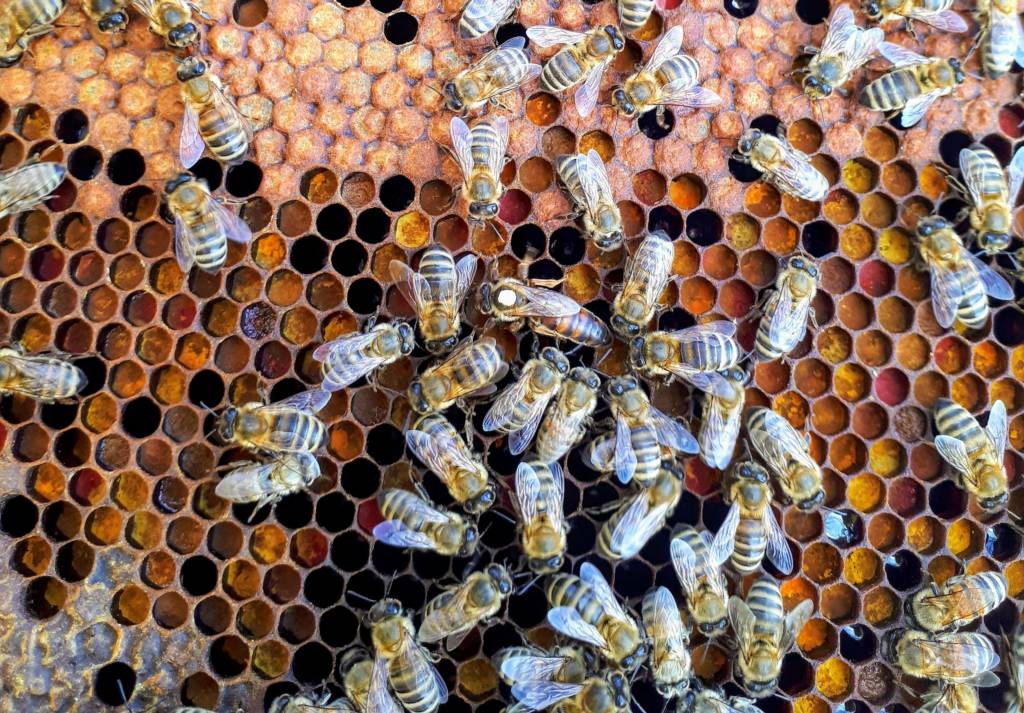
Educational opportunities
Beekeeping provides unique educational opportunities for individuals of all ages. Setting up beehives offers hands-on experience in understanding the complex lives of bees, their social structures, and the intricacies of honey production. It’s an opportunity to deepen your connection with nature, foster environmental awareness, and inspire future generations to appreciate and protect our precious ecosystem.
Why are temperature and humidity important in a beehive?
Knowledge of temperature and humidity in beehives is a game-changer for beekeepers. By monitoring and understanding these critical factors, beekeepers can create optimal hive conditions, prevent diseases, manage swarming, optimize honey production, and make data-driven decisions.
Optimal hive conditions
Temperature and humidity are vital factors that influence the overall health and productivity of bee colonies. Monitoring these parameters allows beekeepers to create and maintain optimal hive conditions. By understanding the ideal temperature range (around 32-35 degrees Celsius) and humidity levels (around 50-60%), beekeepers can make informed decisions to ensure the comfort and well-being of their bees.
Still, keep in mind that bees are quite clever and they have developed different ways of creating perfect conditions for them. Be sure not to make the adjustment too drastic as this could actually hamper the natural process of bees trying to improve their environment.
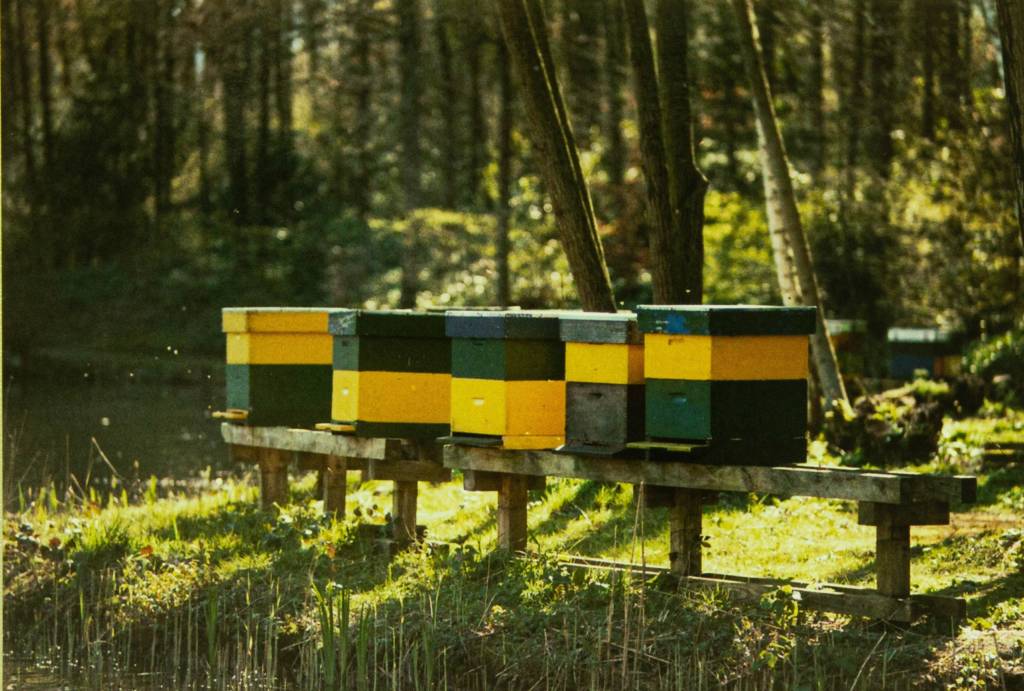
Disease prevention and bee health
Beehives with improper temperature and humidity levels can become breeding grounds for pests and diseases that can weaken or decimate colonies. With temperature and humidity monitoring, beekeepers can quickly identify deviations from the optimal range, enabling early detection of potential issues. This knowledge empowers beekeepers to take timely preventive measures, such as improving ventilation or addressing moisture-related problems, to safeguard bee health and prevent the spread of diseases.
Swarm prevention
Bee swarming is a natural process where a portion of the colony, including the queen, leaves the hive to establish a new one. By monitoring temperature and humidity, beekeepers can identify conditions that may trigger swarming behavior. Understanding these factors allows beekeepers to intervene and implement swarm prevention techniques. These include hive expansion or queen management, to maintain colony stability and preserve the bee population.
Honey production optimization
Temperature and humidity directly impact honey production within beehives. Bees maintain optimal hive conditions for honey ripening and storage. By monitoring these factors, beekeepers can fine-tune hive management practices to maximize honey production. Adjusting temperature and humidity levels during honey flows and harvest periods can help bees efficiently process nectar into high-quality honey, resulting in increased yields for beekeepers.
Data-driven beekeeping
Monitoring temperature and humidity in beehives provides valuable data that beekeepers can analyze and track over time. This data-driven approach helps identify patterns, correlations, and trends related to hive conditions and bee behavior. By leveraging this knowledge, beekeepers can make informed decisions, implement targeted interventions, and continuously improve their beekeeping techniques for better outcomes.
RuuviTag is an excellent tool for monitoring temperature and humidity in a beehive
There are several reasons why RuuviTag stands out as a great choice for beekeepers.
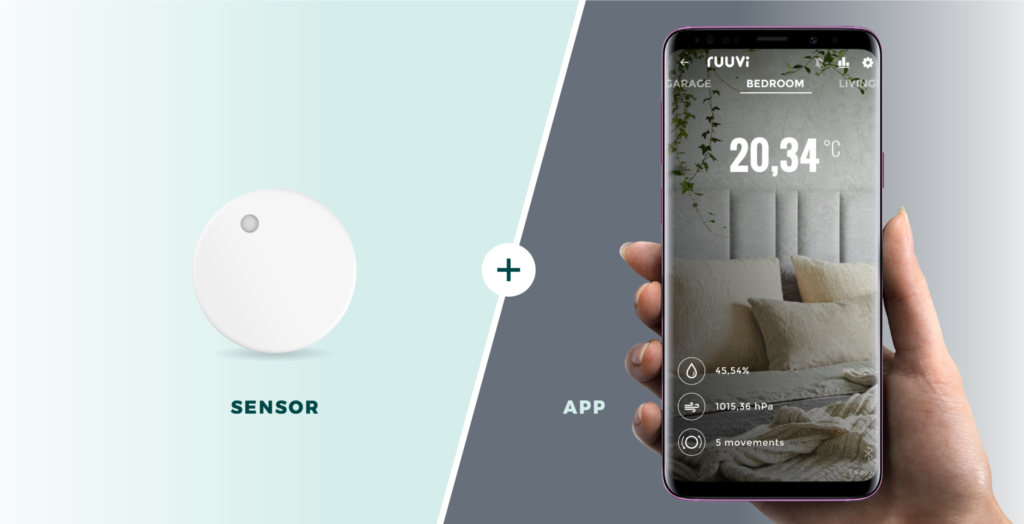
First and foremost, RuuviTag provides accurate and precise measurements of temperature and humidity inside the beehive. This accurate monitoring is crucial for beekeepers to understand the hive’s health and ensure optimal conditions for the bees. With reliable data from RuuviTag, beekeepers can make informed decisions about hive management and take appropriate actions to maintain a healthy and thriving colony.
The wireless connectivity of RuuviTag is another advantage for beekeepers. Using Bluetooth technology, RuuviTag allows for easy and convenient access to the temperature and humidity readings. Beekeepers can simply connect to the sensor using their smartphones or other compatible devices, eliminating the need for physical connections or wires. This wireless feature makes monitoring the beehive hassle-free and provides real-time access to important data.
Real-time alerts are a valuable feature of RuuviTag. Beekeepers can set up the sensor to send notifications and alerts when temperature or humidity levels exceed specific thresholds. This feature allows beekeepers to stay informed and be promptly alerted to any changes or potential issues inside the beehive. With timely notifications, beekeepers can take immediate action to address any concerns and ensure the well-being of their bees.
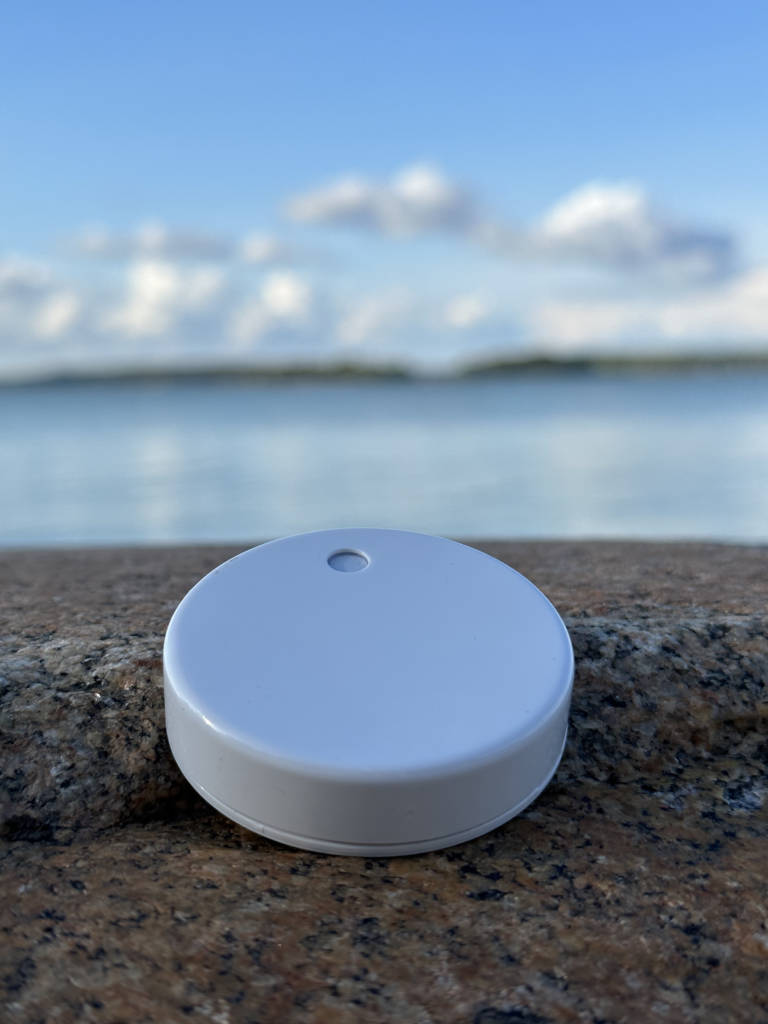
RuuviTag is made to last
RuuviTag is designed with a long-lasting battery life, which is essential for continuous monitoring in beehives. The sensors can operate for extended periods without frequent battery replacements, providing reliable and uninterrupted monitoring of temperature and humidity. This longevity ensures that beekeepers can rely on RuuviTag to provide consistent and accurate data over extended periods, without interruptions.
Installing RuuviTag in a beehive is a straightforward process. The compact size and lightweight design of the sensor make it easy to position within the hive. Beekeepers can mount the sensor using adhesive or other suitable options, ensuring it accurately represents the internal conditions of the hive. The ease of installation allows beekeepers to seamlessly incorporate RuuviTag into their hive management practices.
Lastly, RuuviTag offers data logging capabilities, allowing beekeepers to record temperature and humidity readings over time. This feature enables beekeepers to analyze historical data, identify patterns, trends, or potential issues that may affect the hive’s health. By studying this data, beekeepers can make informed decisions and adjustments to their hive management practices, ultimately supporting the health and productivity of their bees.
In conclusion, by using RuuviTag in a beehive, beekeepers gain valuable insights into the hive’s environment. With accurate monitoring, real-time alerts, long battery life, easy installation, and data logging capabilities, RuuviTag provides beekeepers with a reliable and user-friendly tool for maintaining optimal conditions inside the beehive.
Get Your Own Beehive Sensor
RuuviTag helps you to understand bees better
39,90€
Ruuvi is based in Finland. If you’re an EU consumer, VAT is included. If you’re a non-EU customer, you don't pay VAT. If you're an EU business, insert your VAT ID at checkout.
In stock
RuuviTag Sensor (4in1)
| Quantity | Unit Price(€) |
|---|---|
| 1 | 39,90 |
| 2 | 37,40 |
| 3-5 | 36,90 |
| 6-8 | 35,90 |
| 9-12 | 34,90 |
| 13-25 | 33,90 |
| 26-99 | 32,90 |
Are you looking for bigger quantities? Contact us for pricing.
FAQ
What temperature should a hive be?
During the active beekeeping season (spring and summer), the temperature inside the hive is generally maintained within a range of approximately 32°C to 36°C (89.6°F to 96.8°F). This temperature range is crucial for the brood (developing bee larvae) to thrive and for other hive activities.
In colder months or during winter, the cluster of bees huddle together to keep warm and protect the queen and brood. The temperature in the center of the cluster can be around 20°C to 25°C (68°F to 77°F) even when the outside temperature is much colder.
Can a hive be too hot?
Yes, a beehive can get too hot, and excessive heat can be harmful to the bees inside. Bees are sensitive to temperature changes, and if the hive becomes too hot, it can negatively impact their health and productivity. Common reasons for overheating are external heat, overpopulation, lack of water, and poor ventilation.
What happens if there is too much moisture in a hive?
If there is too much moisture in a beehive, it can create unfavorable conditions for the bees and may lead to various issues. Bees are highly sensitive to changes in humidity and temperature, and excessive moisture can disrupt their hive’s ecosystem.
